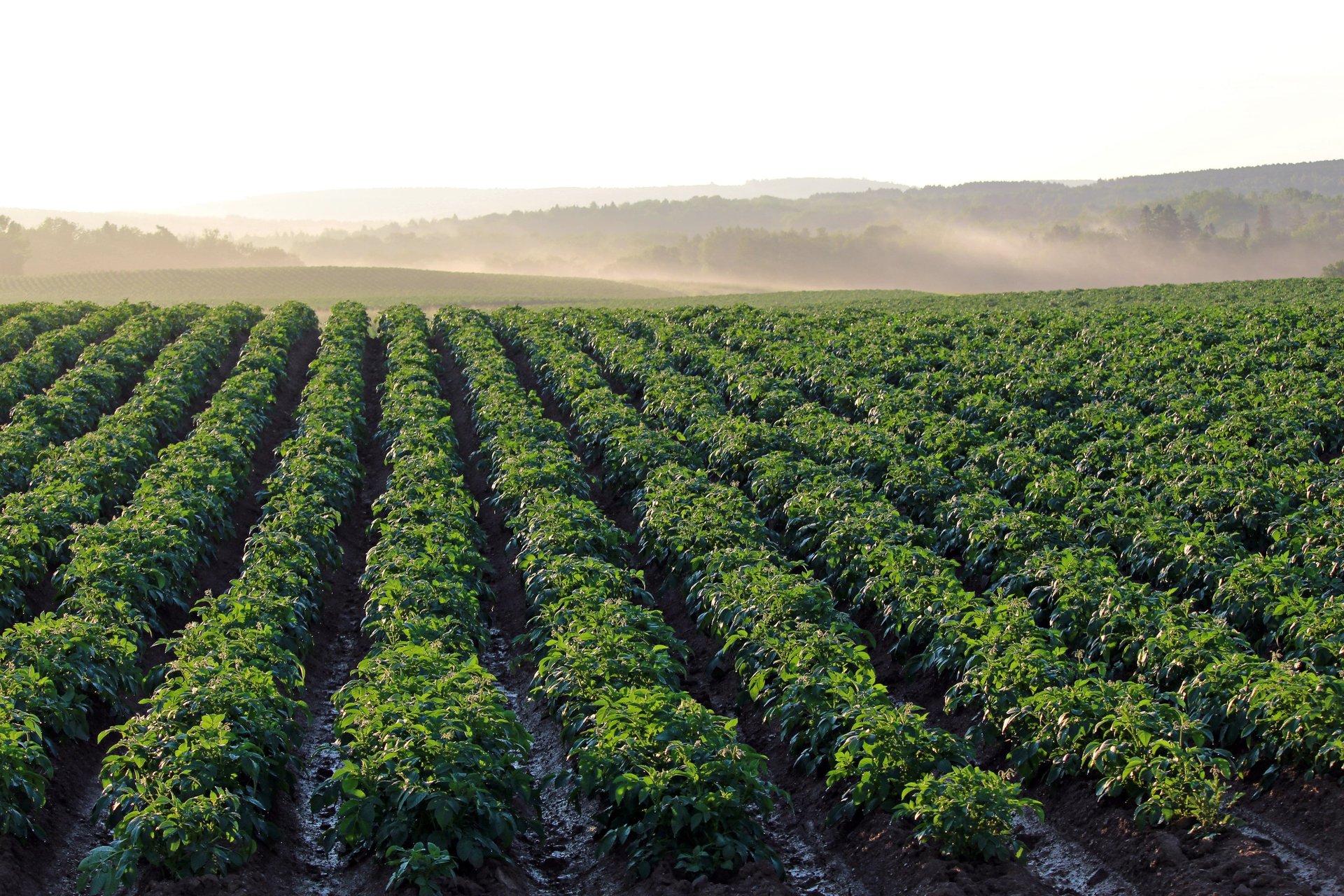
Grown with Care, Harvested with Pride
"Cilembu Sweet Potato" is classified as a variety of sweet potato that grows as a creeping shrub. This potato has high economic value due to its "benefits" and "nutritional content" which are good for health. "Cultivation of Cilembu sweet potato" is relatively simple, from the stages of "planting sweet potatoes" to "fertilizing sweet potatoes". The resulting "processed Cilembu sweet potato" is quite diverse, ranging from processed forms of chips, fermented tapai, dodol (sweet toffee-like confection), keremes (crispy snack), jam, sauce, flour, various cakes, noodles and syrup.
This potato, from the Convolvulaceae family (morning glory family), originates from Cilembu Village, Sumedang Regency, West Java. It has a whitish-yellow skin and has been cultivated since 1975. Initially, this potato was called Nirkum potato, and then in 1980, the name Cilembu sweet potato became well-known in West Java. The production centers for this sweet potato are the provinces of West Java, Central Java, East Java, Papua, and North Sumatra.
The benefits of Cilembu sweet potato, besides being able to be processed into various forms or types of processed food products, also hold several good health benefits. Primarily, it acts as an antioxidant to neutralize the malignancy of free radicals that cause premature aging and trigger various degenerative diseases such as cancer and heart disease. Therefore, this potato can increase endurance and immunity against attacks from degenerative diseases.
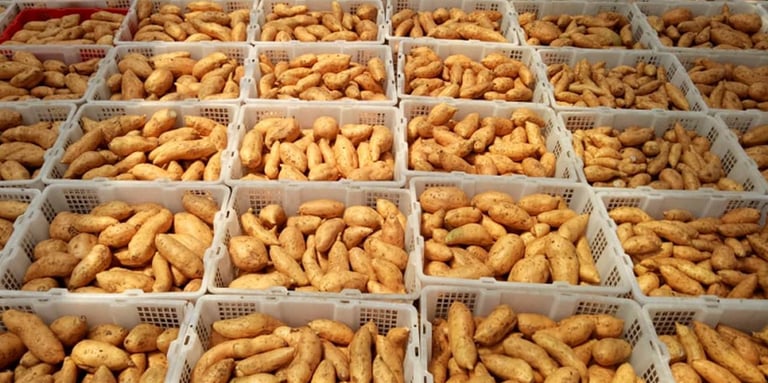

How do sweet potatoes grow?
Cilembu sweet potatoes, you see, they're quite particular about their growing conditions; they flourish in hot, humid tropical climates, craving rainfall between 750 and 1500 mm annually, temperatures nestled between 21 and 27 degrees Celsius, and air humidity hovering around 60 to 80 percent, basking in 11 to 12 hours of daily sunlight, ideally in lowlands up to 500 meters above sea level on rich soils like andosol, sandy clay loam, or alluvial, because anything less—be it chilly temperatures, excessive rain, or scarce sunshine—hinders their growth and diminishes their precious carbohydrate content, which is why they're so special.
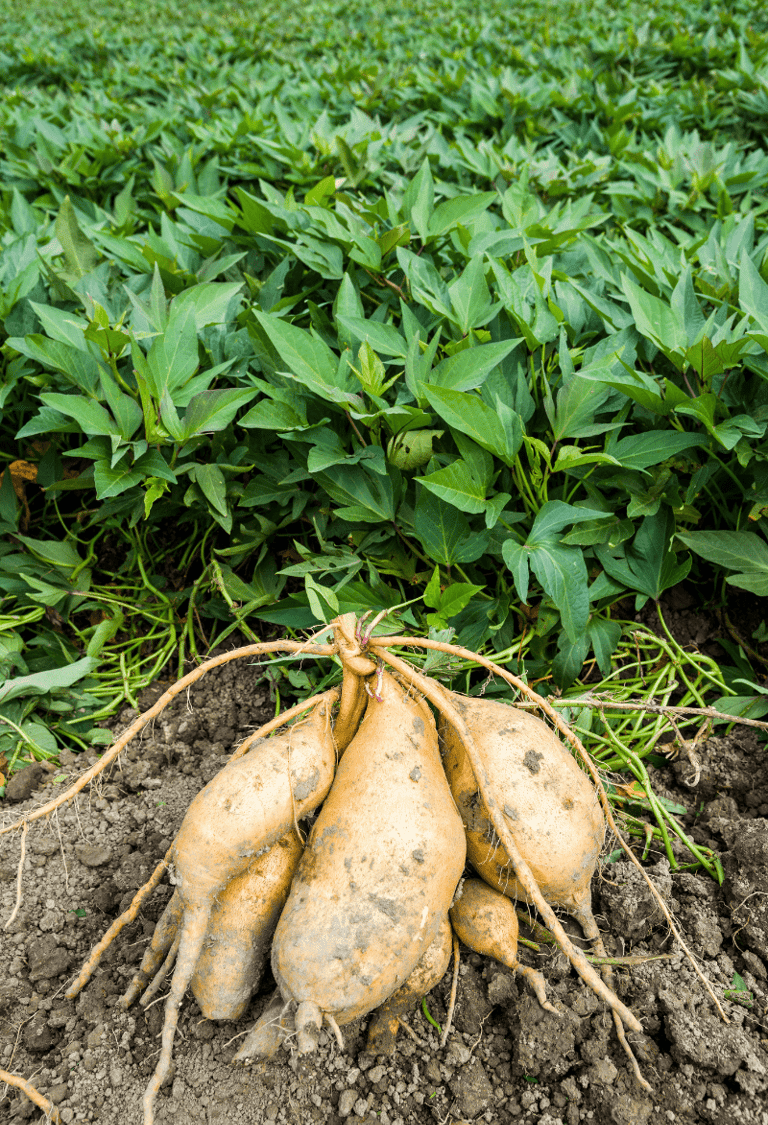

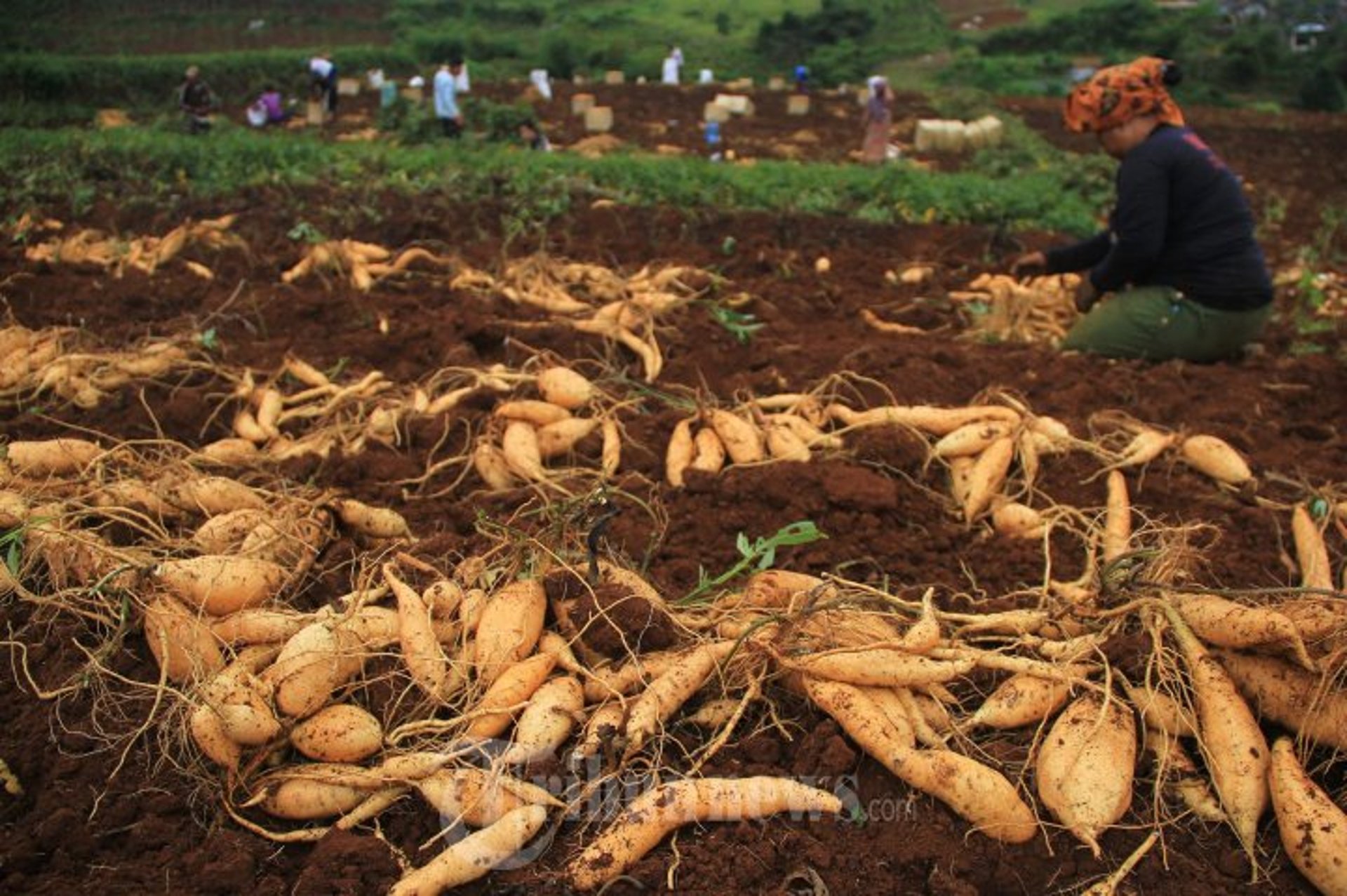
How do you store sweet potatoes?
Alright, so you want to keep your Cilembu sweet potatoes fresh, right? The key is to keep them in a cool, dark, and dry place – think of a pantry or a cool corner of your kitchen. Don't wash them before storing, as the dirt actually helps protect them. Use a breathable container like a basket or paper bag, and make sure they're not touching each other too much. Keep them away from fruits like apples or bananas, as those release gases that can make the potatoes spoil faster. If you do all that, your sweet potatoes should last for a few weeks, maybe even a couple of months, but they'll taste best if you eat them within the first few weeks. And definitely, don't put them in the fridge – that'll just make them go bad quicker.
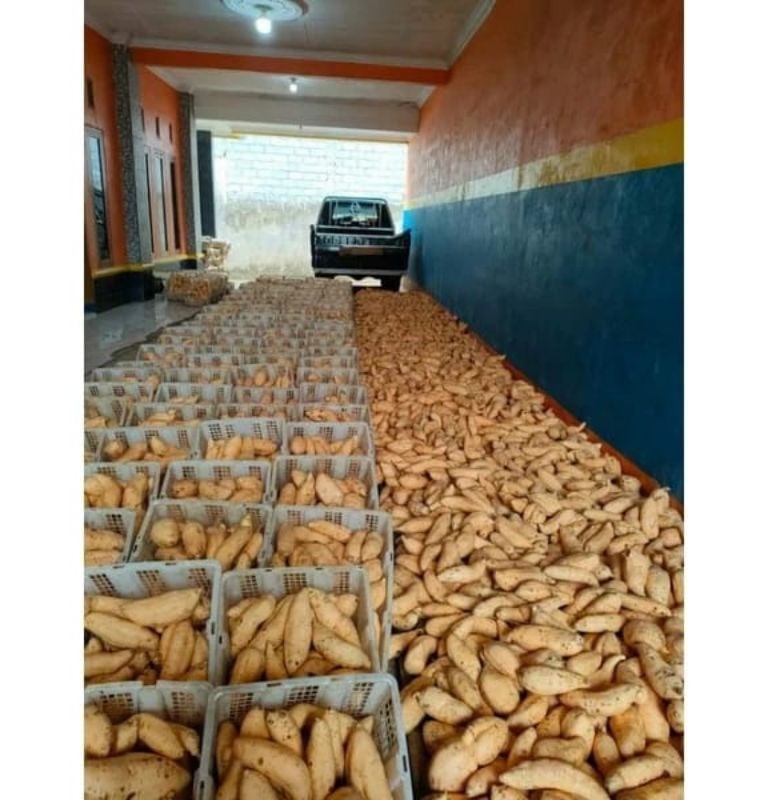

Are sweet potatoes healthy?
Sweet potatoes are very healthy! They contain no fat and consist of 80% water. Sweet potatoes contain less than a quarter of the carbohydrates of rice, for example.
Sweet potatoes are full of important nutrients. They contain fewer calories and carbohydrates and more fibre than regular potatoes. They also contain a lot of vitamins B and C and minerals, including iron, selenium and calcium. In addition, sweet potatoes are rich in beta-carotene, an antioxidant that is converted into vitamin A in your body.
Sweet potatoes and diabetics
The name sweet potato is actually a little misleading. Sweet potatoes fit perfectly into the diet of people with diabetes. Sweet potatoes have a low glycemic index (63 to 66), which means that the nutrients are slowly absorbed by the body. The complex carbohydrates supply the body with energy for a long time, so that the insulin level does not rise quickly.



Sustainability Commitment
We prioritize environmental stewardship and community nourishment in our practices.
NUHUN SWEET POTATO
by BIMA MAHKOTA NUSANTARA
a subsidiary of BIMA GROUP NUSANTARA
cONTACT DETAILS
Innovation
+62 813 888 77935
© 2025. All rights reserved.







